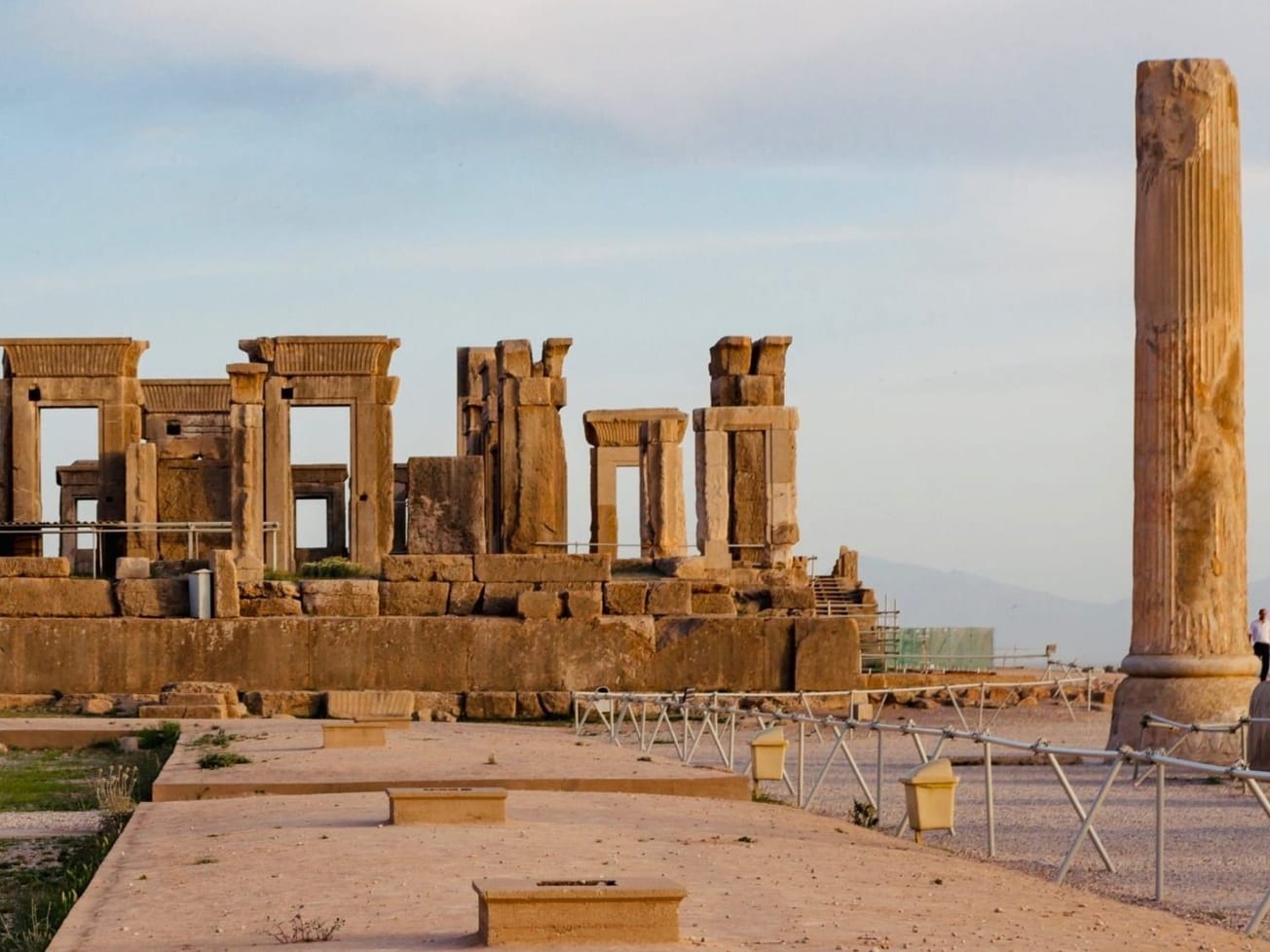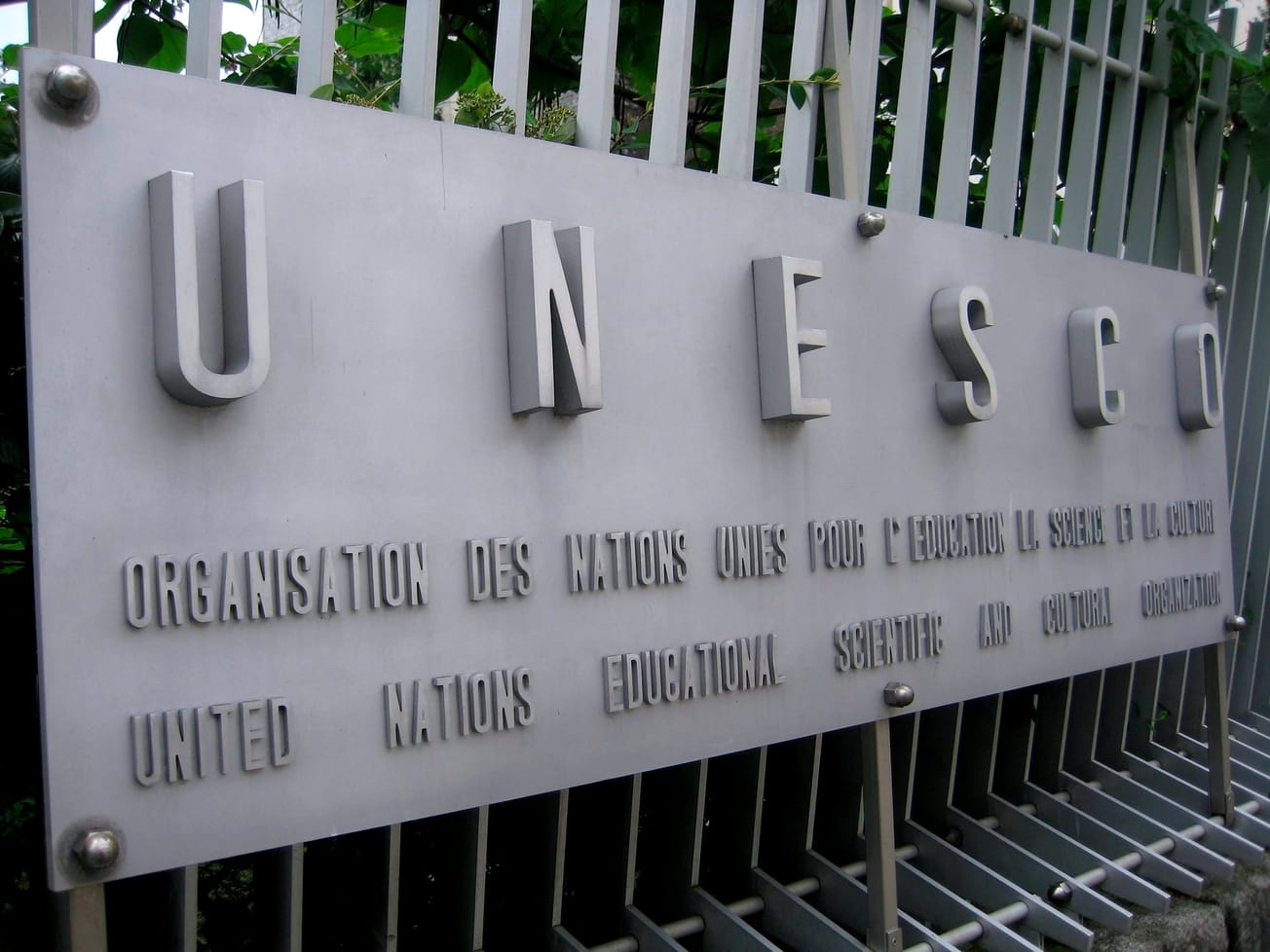PARIS (AN) — The head of UNESCO sternly reminded Washington and Tehran they are bound by international law to protect cultural sites, after U.S. President Donald Trump threatened to target Iran's prized heritage.
Audrey Azoulay, director-general of the United Nations Educational, Scientific and Cultural Organization, on Monday recalled the provisions of two binding treaties ratified by both nations during a meeting with Iran's envoy, Ahmad Jalali, at the international organization's headquarters.









